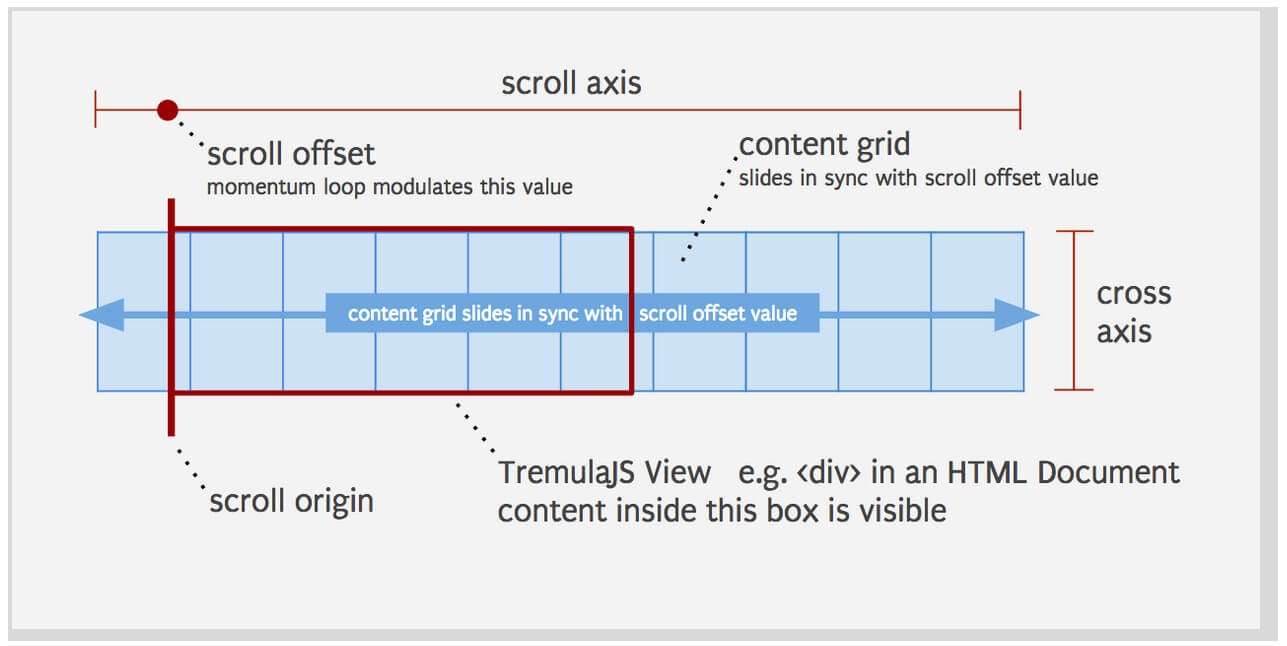Periodical AJAX Requests Using MooTools 1.2
Every browser I have, both at work and at home, has its default homepage setting set to NetVibes. Why? Because NetVibes lets me decide what content I want on my homepage and it uses AJAX to update information, so I can keep the same window open in the background all day. NetVibes even refreshes page content periodically so a page refresh is never necessary. Using MooTools 1.2, you can achieve the same effect: periodical AJAX requests!
The MooTools 1.2 Code
var request = new Request({
url: 'ajax-periodical.php?ajax=1',
method: 'get',
update: 'refresh-me',
onComplete: function(response) {
$('element-to-update').set('html',response);
}
})
var doMany = function() {
request.send();
};
doMany.periodical(5000);
The above code executes an AJAX request every 5 seconds, updating the element with the ID attribute of element-to-update.
Periodical may only be used on a function, so I place the AJAX request within a function. You may NOT call .send().periodical().
This functionality has many uses. I see WordPress do this many times while I write an article (auto-saving). What do you use this for?





Viva Netvibes !
Thanks for tip !
Cool idea but what’s the point of using periodical() versus the standard JS setTimeout()?
I need to read up on 1.2 (wish Aaron would update his mootorial) so I don’t think I’ve seen this function before. Is it just a nice wrapper of setTimeout/clearTimeout ?
@Tim: Yes. Better than writing a bunch of Timeout stuff, in my opinion.
Can this be used to retrieve data from a MySQL table?
@Ahmed: Absolutely. You can make the request go to a PHP script that does anything you want!
This is such a clean way to do it. I think I am going to give mootool a try for my next project. I like the syntax structure. Thanks for the tip and it does save you a lot of timeout call.
Great article, David! I used perisitant communication in some of my past asp.net projects, mostly for displaying changes in a database that occurre frequently. I tried several options, but this one seems to be much cleaner than those. Have to try it with jQuery as well.
Very nice David !
But if you want generate an html content, please change :
$('element-to-update').set('text',response);into :
$('element-to-update').set('html',response);@Catar4x: Good call — I saw that last night but didn’t update it. Will now.
@Tim regarding “I need to read up on 1.2 (wish Aaron would update his mootorial)”
The mootorial has been updated, but it also got moved, check out mootorial.com
@david regarding “Periodical may only be used on a function, so I place the Ajax request within a function.”
I hate to be nitpicky but you don’t need the extra function..
var request = new Request({ url: 'ajax-periodical.php?ajax=1', method: 'get', update: 'refresh-me', onComplete: function(response) { $('element-to-update').set('html',response); } }).send(); request.send.bind(request).periodical(5000);will work just as well
the snippet I posted also has the advantage of not creating a new request object every five seconds ;)
@Bryan: Good call with not creating a new request. I was looking at this again last night and noticed that as well.
@Bryan J Swift: your latest code loads nothing ??
@david: works well but there’s no refresh ¿¿
btw. how to load external sources?
Thank you!
hi all,
a variante with auto-submit form and mutli responses..
var request = new Request({ url: 'ajax.php', method: 'post', onComplete: function(fullresponse) { var pdt_id = $('form_pdt_id').get('value'); var response= fullresponse.split('::'); $('resultdi21').set('html',response[0]); $('resultdiv1').set('html',response[1]); } }) var sendForm = function() { request.send($('yourformid')); } sendForm.periodical(5000);@Bryan J Swift
your “bind” method returns empty POST paramswith form
see you!
“Request is not defined” –> var request = new Request({
that’s what it’s giving me. Why is that??
@mike: You don’t have the “Request” plugin within your Moo build.
oh ok, how do i get that plugin for mootools 1.2 build? i can’t find it on their website.
also, when i use mootools 1.1 build, my fade in function:
var myFunction = function(){ var div = $('featureContent').setStyles({ display:'block', opacity: 0 }); new Fx.Style(div, 'opacity', {duration: 1000} ).start(1); };that will work, but when i use Mootools 1.2 build it says FX.Style is not a constructor.
so my question is, how can i make the most recent build 1.2 work properly?
I added the request plugin using the core builder.. it still says the Request is not defined.
any help on that?
Great script, thanks a lot. But it works on IE? On my computer doesn’t work :(. Any solutions for that? Please help.
David, thanks for all your stuff it really helps to a lot of people out there who try to understand Moo.. Your examples very easy to understand. Thanks to commenters as well, cause without them we could’t create advanced features to David’s examples :)
I need similar script for complete a spy-event system (example:http://www.meneame.net/sneak.php) but don’t have idea how to return timestamp value for next send to the request on the next intervals.
please help!
Hi, this worked good but I had some caching issues with IE, the cache bug fix where you append a time string to the URL was appending the same value as the event parameters were already prepared so instead I just changed the line:
To:
request.send('r=' + $time() + $random(0, 100));This will generate a new unique timestring each time before its sent out. It seems to have cured my IE problems.
May be helpful for someone else who was looking for a solution.
Thanks for the help David on Periodical, it was very helpful.
Cheers.
it seems doesn’t work in IE
Wao, nice stuff!
I’m facing a problem, let i have to send 1000 ajax requests. if i place the Ajax request inside a loop, my browser got stuck :(
How can i make it in a way that, another request will make if one response returns?
Thanks
Rich – thank you very much for fix :)
Hi David,
very good stuff. Do i can use this for a chat, because when i do a delay of 0.5 sec to get the new request, is that good? could i use for chat an other way or is this the only way to get requests in realtime?
Hi David,
Thanks for this tip.
is possible to have this script compatible for Mootools 1.12 ??
Thanks
@Ingalb:
I have the Same Problem. Also I have This Issue With “Google Style Element Fading Using Mootools”
Please help us.
Thanks For The Tips.
Not sure why, but this does not work with IE…any thoughts?
function update(cn) { var request = new Request({ url: 'status.php?cn='+cn, method: 'get', update: 'refresh-me', onComplete: function(response) { $(cn).set('html',response); } }) var doMany = function() { request.send(); }; doMany.periodical(500); }@mike: Fx.Style was replaced by Fx.Tween in Mootools 1.2 ( see http://mootools.net/blog/2007/11/14/mootools-12-beta-1/ ). The syntax is not exactly the same for this new method. If, like me, you have a large site to mantain, then probably editting each Fx.Style call is not an option. I solved my problem with the following function, that I inserted in mootools library after its end:
// Fix for Fx.Style constructor (transition from mootools 1.1 to mootools 1.2) Fx.Style = function(x,y,z){ var T = new Fx.Tween( x, y ); for( var x in T ) this[x] = T[x]; this.start = function(v,w){ T.start( y, v, w ); }; };It’s worked ok for me so far, but do let me know if it doesn’t work for you as expected.
What is the best between periodical() or startTimer() ( http://www.mootools.net/docs/more/Request/Request.Periodical ) ?